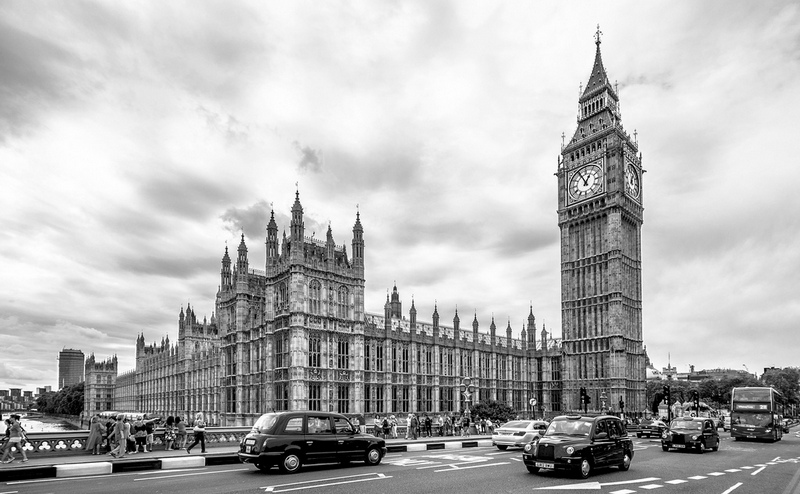
We've come a long way, baby, as country singer Loretta Lynn once sang. Once, the idea of using social media in the public sector was bold and revolutionary. Now it is common place. Perhaps the greatest thing about this is that it puts a human face onto civil servants who are human too.
by
When I joined the civil service nearly a decade ago, we were in the midst of MySpace, Msn and Friends Reunited (with a sprinkling of the ‘very professional’ LinkedIn). Soon after, Facebook appeared with its open API, Twitter with its own and with fantastic ease you could post or tweet about almost anything.
Then a revolution started. In 2008 Obama was on Twitter and Facebook, with more followers and fans than his opposition candidate. The domino started, our Prime Minister needed to be on social media, and in quick succession so did all other Government departments.
Social media back then was as paper-filled and bureaucratic as ministerial correspondence. It was a scary place filled with public risk. Those involved in Government’s earliest Twitter accounts will join me in recalling the printing out of a tweet, the 'proposed' answer, forwarding this to be signed off by the Director of Communications (or equivalent), next the Minister who would scrawl a handwritten signature before the reply made its way back to be typed back into Twitter some 1-2 days later. And most importantly the Civil Servant typing that tweet was to remain faceless.
Fast forward to 2016 and the world has rapidly moved on. Social media (although I'm sure we've moved on from that term) is no longer a place filled with such dread. MySpace and Msn messenger have fallen to the wayside making room for ever better ways of engaging in open conversations, forming policy, testing ideas. And with that so has our appetite unmask the thousands of civil servants who have been pioneering Government’s social media presence for years.
For me, that's the real revolution. My feeds are filled with streams of civil servants – the policy makers, regulators, decision makers, experts – listening and engaging so that the work we do is relevant and the best it can be. And while they do this, they’re exposing just how talented, knowledgeable and human we are. We’re not just some of the best in government we’re some of the best in the world.
And it's why at the Food Standards Agency, we've been working for some time to remove the masks of our people. We have 1200 people at the FSA, with 1200 stories to tell. They are the ones who work tirelessly to help make sure the food you're eating tonight is safe – we think they are pretty great, and we think you will too. It’s why this week we're launching FSA voices.
So, you can of course tweet @foodgov or tag us into an instavid - and we'll try and get you an answer as quickly as we can. Or you can just speak to our people directly. We're not deciding where they’ll be online – but as the group grows we’ll be adding those on Twitter to our FSATweeters list.
If you spot one of them, say hello :)
Christina Hammond-Aziz is head of digital at the Food Standards Agency.
